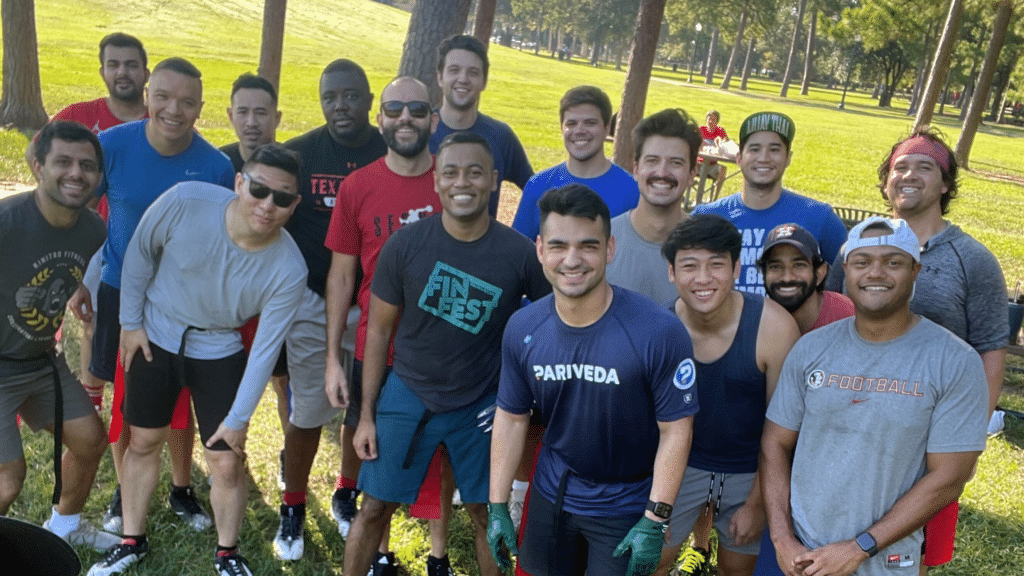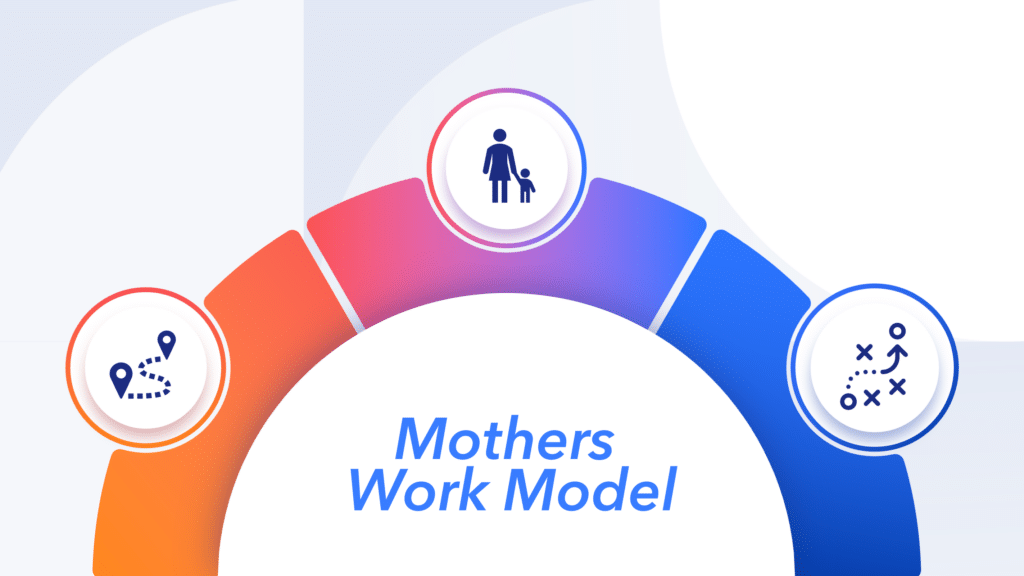Guide
Breaking down the dual demands of due diligence
- Whether driven by investor needs, governance requirements, or intellectual curiosity, due diligence serves as an indispensable tool for minimizing risks and maximizing informed decision-making in business contexts.


The definition of due diligence on the internet will be something like “an investigation, audit, or review performed to confirm facts or details of a matter under consideration.”
While often associated with the work involved in assessing a potential M&A deal, due diligence work can apply to any situation that requires a careful assessment of a course of action or potential actions. Due diligence is a critical process in business decisions, transactions, investments, and partnerships. It involves a comprehensive appraisal of a certain situation before committing to something with an elevated standard of care. Being “due” and “diligent” in this context means being thorough, careful, and systematic in your evaluation.
Due diligence work would likely be required to assess the impact of a new line of work or product. It might also be used in hiring processes or to understand the potential impact of a major change to a company’s supply chain. In an M&A situation, it would most certainly be used to understand the technology, financial, and operational aspects of an acquisition candidate. However, it could also be used by the seller to understand what the world looks like without the part of the business that is being sold.
In short, the assessment is required (due) and needs to be thorough (diligent.) Due diligence is a comprehensive appraisal of a given situation that is a critical step in various business contexts. If we break it down into its two components, we can dig a little deeper into when due diligence is required and what it involves.
Why and when due diligence is critical
Being “due” in due diligence refers to the necessity and obligation to perform a thorough investigation based on the investment required or risk involved. There are three key situations in which due diligence is “due.”
Investor need
When a company is considering an acquisition, due diligence is often, if not always, required. This is likely the most familiar type of due diligence. Before an investor purchases a company, they want to understand exactly what they are buying. Questions that often arise may be:
- Do all the financials tie out?
- What synergies are available?
- Are the operations in good order?
- What kind of shape is the technology environment in?
- What problems or areas need to be focused on or fixed post-merger?
Thoroughly assessing all aspects of the acquisition candidate itself and what it would look like as part of the parent company are essential parts of the M&A due diligence process.
Governance requirements
Most companies have an approval process for decisions involving large investments or changes that would significantly impact customers, employees, or any other part of the business. This approval process might be triggered based on a governance process with formal approval levels based on required spend or a stage-gate approval process. In other words, internal management processes dictate a formal and thorough review. The output is often either a go/no-go recommendation or a set of options from which a decision-maker will choose.
Intellectual curiosity and sense of responsibility
Simply put, doing a thorough due diligence is the right thing to do. This is perhaps the most interesting of the three areas. Demonstrating intellectual curiosity means that we deeply care about the potential outcome of something and want to do the right thing. A quick, easy decision might be possible within the governance model, but maybe someone’s “spider-sense” is indicating a deeper look is warranted. Perhaps similar quick decisions in the past led to bad outcomes that could have been avoided if someone had taken a more thorough look. Or maybe employees are deeply invested in the company’s performance due to actual ownership or by virtue of a deep passion for positive company performance. Often, someone steps up and simply asserts that going deeper is necessary to ensure the decision has been thoroughly vetted and understood.
Foundations of thorough due diligence
Being “diligent” means there was meticulous effort and persistence in doing the analysis. Detailed research and analysis are required, with an inclination towards being skeptical about initial findings and then probing deeper. Trust but verify. This includes being:
Critical and exhaustive
Making every effort to ensure nothing important is missed is the whole point of due diligence. A methodical approach is necessary to collect and assess data with a critical eye toward digging deeper if warranted. For example, an IT due diligence for a potential acquisition may be focused on post-merger “watchouts.” You don’t need to drill into everything, but you do need to drill into areas where the initial data suggests all might not be as it seems. For a supply chain opportunity, the information received might not align with operational realities. The data may suggest a plant is operating at capacity, but when the team visited the plant, no production lines were operating; this would certainly require a deeper look.
Inclusive
It is essential to be engaged with everyone who has a stake in the eventual decision or recommendation. Interviews with all the key participants are critical. Depending on the nature of the assessment, consulting subject matter experts is often warranted to ensure all perspectives are covered. Being inclusive does not mean all parties agree upon the eventual findings. Achieving consensus is not the objective; findings contrary to personal perspectives are common. The important point is that everyone with a stake has an opportunity to be heard and included in the process.
Defensible & well-documented
Due diligence needs to consider how performance will be assessed against the original expectations post-decision. Care needs to be taken that everything is documented in a way that can stand up to scrutiny and be understood well after the assessment is complete. Assumptions need to be carefully communicated and documented. If overall performance is below the original expectations, there needs to be a way to tie back to the original assessment and assumptions. For example, if the findings used an assumption regarding a sales forecast that did not materialize, the team could point to that as the root cause of the miss. Executives will want to know what happened, and the passage of time and/or changing team members should not hamper the ability to do a post-mortem.
Due diligence is an indispensable part of making informed decisions in business. Being “due” and “diligent” in your efforts means respecting the process, being thorough in your investigation, and making decisions based on a comprehensive analysis. While the process can be complex and demanding, the principles of due diligence enable businesses to minimize risk and maximize the potential for success.
Case Studies
Explore our success stories
INSIGHTS


Article


Article
Perspectives

Article
Perspectives


















